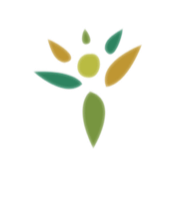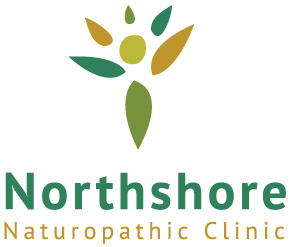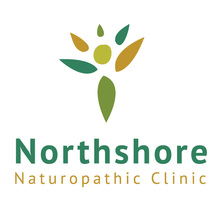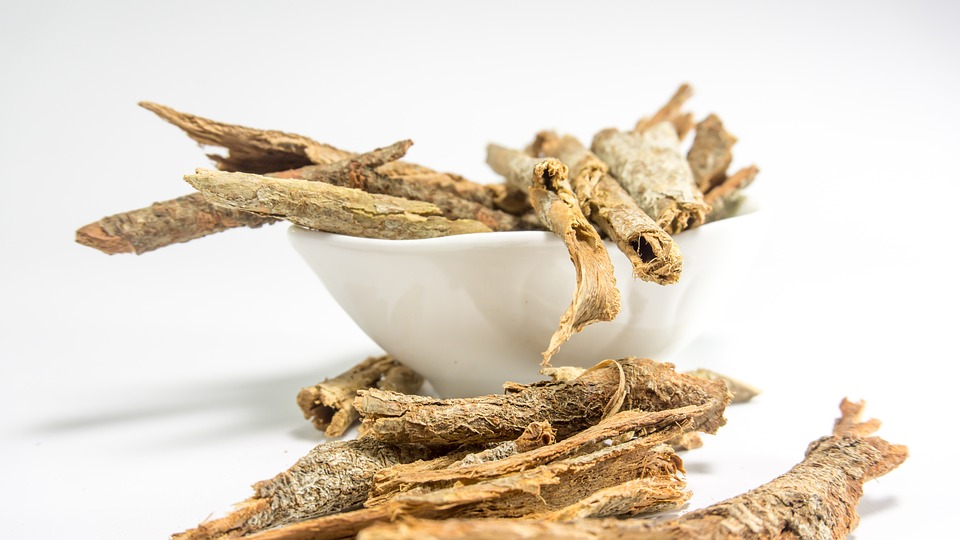In a recent experiment at Seoul National University, scientists fed an extract of kimchi—a Korean version of sauerkraut—to 13 chickens infected with the avian flu. A week later, 11 of the chickens showed signs of recovery. As a result of this news, increased sales of kimchi and sauerkraut have been reported in many areas of the world.
Kimchi and sauerkraut are made by fermenting sliced cabbage. They contain high levels of lactic-acid bacteria, believed to be the active ingredient in fighting the avian flu virus.
In another study, researchers discovered that “women who ate four or more servings of raw or barely cooked cabbage per week during adolescence were 74 percent less likely to develop breast cancer than the women who ate 1.5 or fewer servings of sauerkraut per week.”
While more research is needed to prove the medicinal properties of sauerkraut, it appears beneficial to include this nutrient-packed dish in your diet. In addition to being low in calories, it is a good source of calcium and magnesium and a very good source of dietary fiber, folate, iron, and vitamins K, C, and B6. Sauerkraut can be high in sodium because salt is used for the fermentation process. To reduce the sodium content, you can rinse and drain the sauerkraut before eating it.
So, along with following the guidelines of the Eating Alive Program, you may want to add sauerkraut to your diet to help boost your immunity, especially during this time of the year when cold and flu viruses are so prevalent.
See this month’s recipe for an easy-to-make Sauerkraut Salad.
References: abcnews.com



